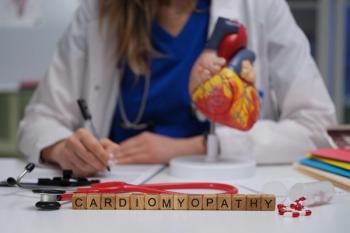
Organ-on-Chip Technology Simulates Human Reaction to Hepatitis B Virus
An artificial liver infected with hepatitis B demonstrates physiological reaction of a real human liver.
Organ-on-chip technologies can imitate the physiology of entire organs and demonstrate a significant medical breakthrough. This technology has been used to test drug safety as an alternative to animal models and, for the first time ever, is being used to test the interaction of pathogens with organs.
Researchers recently discovered how to use this technology to demonstrate how infectious diseases—such as hepatitis B virus (HBV)—affect different organs, according to a study published in Nature Communications.
This finding is significant because it will allow researchers to gain a better understanding of infectious diseases and develop more optimal treatments.
"This is the first time that organ-on-a-chip technology has been used to test viral infections. Our work represents the next frontier in the use of this technology,” said lead author Marcus Dorner, PhD. “We hope it will ultimately drive down the cost and time associated with clinical trials, which will benefit patients in the long run.”
The study examined the interaction between HBV and an artificial liver. Current estimates suggest there are more than 257 million people worldwide infected with HBV, which does not have a cure.
The authors said they chose to study HBV due to its complex, yet devastating, reaction with liver cells. The infection is known to result in serious complications such as cirrhosis and liver cancer.
Researchers infected the liver-on-a-chip technology with HBV and found that the artificial liver responded similarly to the virus as a real human liver would, according to the study. The artificial liver demonstrated an immune cell activation and other markers of infection.
The study also displayed the ability of the virus to infect and bypass the immune response of the artificial liver, which is a significant factor in developing a cure.
Organs-on-chips are composed of live human cells and are physiologically, mechanically, and structurally similar to real human organs. The living cells in organs-on-chips last longer and require a lower dose of infection than traditional testing methods, according to the authors. Additionally, this technology can send a drug or virus into the organ through tubes that stimulate blood flow.
This technology could lead to more personalized medicine by allowing physicians to test a reaction to treatment on cells from an actual patient, according to the study.
The authors said that other organs-on-chips are being tested for the heart, kidneys, and lungs.
Testing the reaction of pathogens with these organs can help researchers understand how infectious diseases work and how each organ is affected. In the future, these tests could spur the development of new drugs to treat infectious diseases, according to the study.
"Once we begin testing viruses and bacteria on other artificial organs, the next steps could be to test drug interaction with the pathogens within the organ-on-chip environment," Dr Dorner said.
Newsletter
Stay informed on drug updates, treatment guidelines, and pharmacy practice trends—subscribe to Pharmacy Times for weekly clinical insights.







































































































































































































